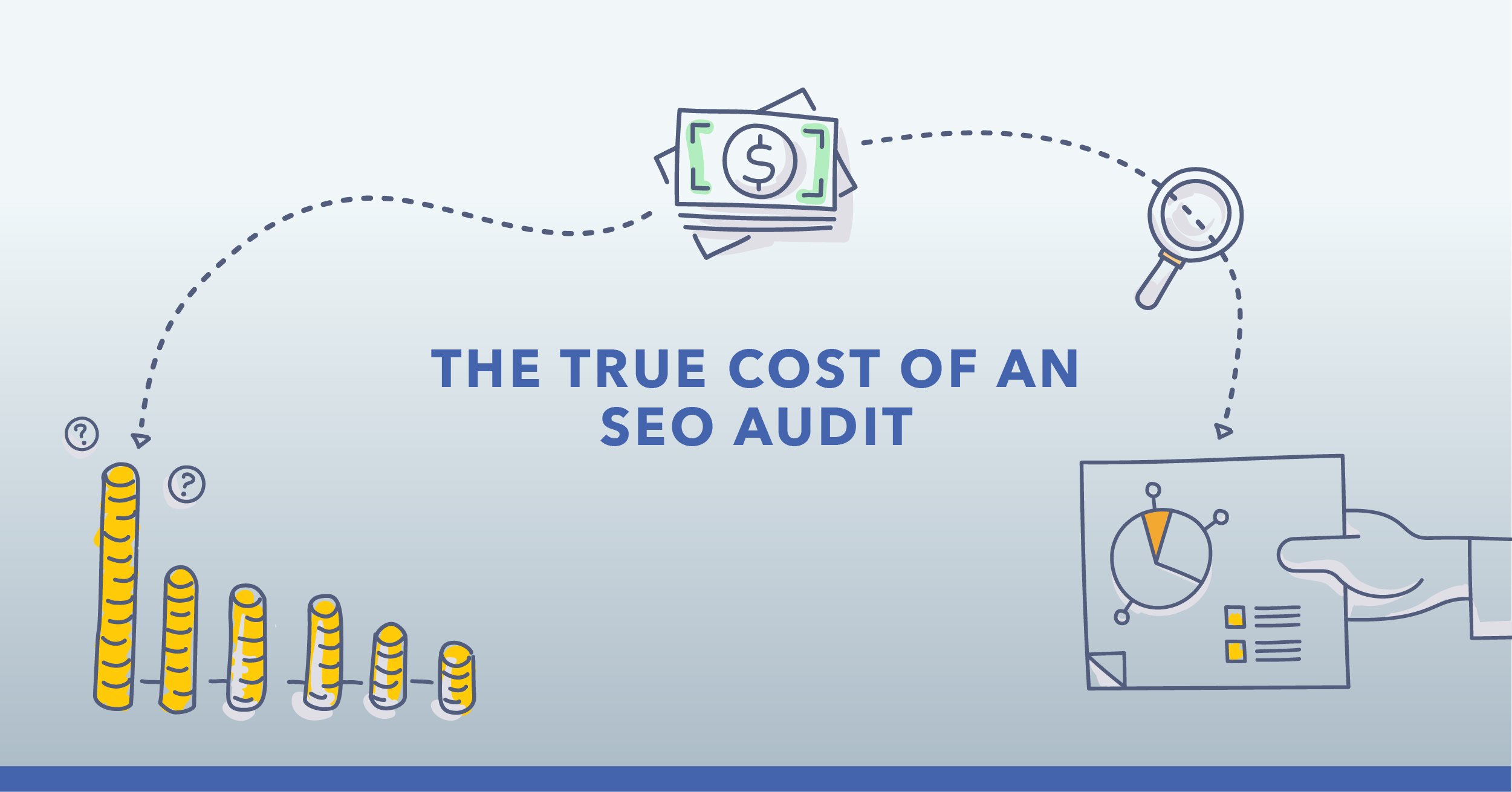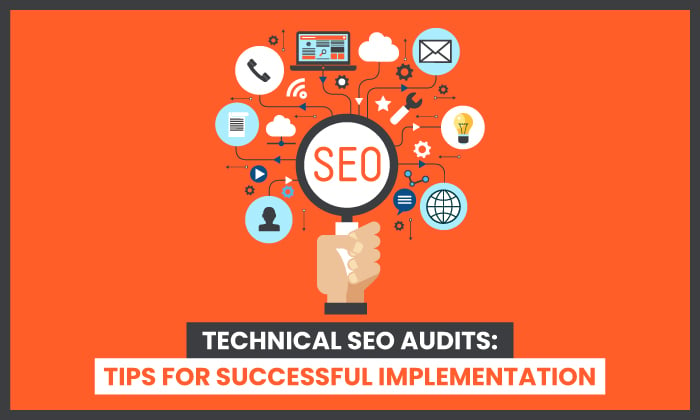SEO Revolution: Originating the Future of Digital Dynamics and Strategies
Wiki Article
SEARCH ENGINE OPTIMIZATION Vs. SEM: Recognizing the Trick Distinctions
In the world of electronic advertising, 2 crucial methods that commonly turn up are search engine optimization and SEM. While they might appear similar, they in fact serve various functions and have unique methods. SEO, which means Seo, focuses on boosting an internet site's visibility and organic position on search engine results pages. On the other hand, SEM, or Search Engine Marketing, includes paid advertising and marketing to raise a website's visibility on internet search engine. Understanding the vital distinctions in between SEO and SEM is crucial for companies wanting to enhance their online presence and drive website traffic to their websites. In this article, we will certainly look into the meanings, objectives, and key parts of both SEO and SEM, dropping light on their special features and benefits.
Meaning of Search Engine Optimization
SEARCH ENGINE OPTIMIZATION, or Seo, describes the practice of enhancing web sites to enhance their visibility and rankings on online search engine results pages (SERPs) It includes different techniques and strategies targeted at enhancing organic, or non-paid, website traffic to a website. The utmost objective of search engine optimization is to boost a website's on the internet visibility and draw in more targeted site visitors.One of the key facets of SEO is keyword optimization (https://finance.asialogue.com/news/linkdaddy-announces-agency-backlink-local-business-directory-listings-service/458323). This entails performing complete research to identify pertinent search phrases that users are most likely to browse for when trying to find details or products connected to a specific web site. By integrating these key words strategically right into the site's web content, meta tags, and Links, SEO aims to enhance the website's importance and position for those certain search terms
Another crucial factor in SEO is on-page optimization. This includes optimizing different components on a web site, such as title tags, headings, images, and interior web links, to make them more search engine-friendly (seo audit). By guaranteeing that these elements are correctly structured and appropriate to the web site's content, SEO helps internet search engine understand the context and importance of the site
In addition, search engine optimization likewise consists of off-page optimization methods, such as link structure. This entails acquiring premium back links from various other trustworthy websites, which shows to browse engines that the website is authoritative and trustworthy. By constructing a solid network of backlinks, search engine optimization boosts a site's reputation and boosts its opportunities of placing greater in search outcomes.
Interpretation of SEM
SEM, or Online Search Engine Marketing, is an advertising strategy that involves promoting web sites and raising their visibility via paid marketing on internet search engine results web pages (SERPs) Unlike search engine optimization, which concentrates on maximizing websites to boost organic search positions, SEM makes use of paid advertising to drive website traffic to an internet site.One of the key parts of SEM is pay-per-click (PAY PER CLICK) marketing. When a customer searches for those key phrases, the advertisements appear at the leading or side of the search results.

Display ads are banners or visual advertisements that show up on internet sites within the Google Present Network. Remarketing ads target customers who have actually previously checked out a web site, serving them ads as they surf other sites.
Goals of SEO and SEM
The objectives of both seo (SEARCH ENGINE OPTIMIZATION) and online search engine marketing (SEM) focus on increasing a web site's presence and driving targeted web traffic. The techniques and strategies used by each differ substantially.The major objective of SEO is to enhance a website's organic search ranking on online search engine results web pages (SERPs) This is attained by optimizing different components on the internet site, such as content, meta tags, and site structure, to make it a lot more pertinent and enticing to search engines. By doing so, SEO aims to draw in even more natural web traffic from users actively looking for relevant keyword phrases or subjects.
On the other hand, SEM focuses on enhancing a site's exposure with paid advertising on online search engine. The main goal of SEM is to drive targeted traffic to a site by bidding on search phrases and presenting advertisements in internet search engine outcomes. This technique permits organizations to get to a broader audience quickly and efficiently.

Key Components of SEO
To efficiently carry out search engine optimization, it is crucial to understand the essential components that contribute to enhancing a site's natural search position. These parts can be generally classified right into off-page aspects and on-page aspects.On-page aspects describe the aspects that are straight present on an internet site and can be optimized for better online search engine exposure. This includes the web site's web content, keyword use, meta tags, link structure, web page titles, and headings. By enhancing these aspects, online search engine can better understand the relevance and context of the internet site's content, resulting in greater positions.
Off-page elements, on the other hand, concentrate on outside signals that influence a site's authority and trustworthiness. This includes back links from other trusted sites, social media signals, and on-line discusses (https://markets.financialcontent.com/bpas/news/article/marketersmedia-2023-12-3-linkdaddy-announces-agency-backlink-local-business-directory-listings-service). The more relevant and top quality back links an internet site has, the better its chances of placing greater in search engine results web pages
Additionally, individual experience is a crucial component of search engine optimization. Linkdaddy. Online search engine prioritize sites that provide a positive customer experience, consisting of rapid packing times, mobile-friendliness, and simple navigation
Key Parts of SEM
Unlike SEO, SEM encompasses a distinctive collection of crucial elements that focus on paid advertising and driving prompt exposure in online search engine results. These parts consist of internet search engine advertising, also known as pay-per-click (PAY PER CLICK) marketing, keyword research study, ad production, and campaign management.Internet search engine advertising and marketing is a critical element of SEM. It includes bidding on keywords pertinent to your company and creating message or display advertisements that will show up in online search engine results when those keyword phrases are searched. With search engine advertising, you can target certain demographics, locations, and even time of day to reach your preferred target market.
Keyword research is another important component of SEM. It entails identifying the search phrases that your target market is using to look for service or products similar to your own. By conducting thorough keyword study, you can optimize your ads and guarantee they are revealed to the right individuals at the appropriate time.
Advertisement development is the procedure of creating influential and compelling ads that will tempt customers to click on them. Well-crafted advertisements have a solid call-to-action, pertinent messaging, and a clear value proposal.
Lastly, campaign administration includes tracking and optimizing your SEM campaigns to guarantee they are carrying out effectively. This consists of monitoring metrics such as click-through rates, conversion rates, and return on investment (ROI) to make data-driven decisions and accomplish the most effective results.
Verdict
Finally, SEO and SEM are 2 distinctive strategies in read here digital advertising. SEO concentrates on optimizing sites to improve natural search positions, while SEM involves paid advertising and marketing to raise exposure on internet search engine results web pages. Both approaches have their very own purposes and vital components that contribute to their efficiency. Understanding the differences between SEO and SEM is crucial for organizations to create a detailed internet marketing strategy.SEO, which stands for Search Engine Optimization, concentrates on boosting a website's presence and natural position on search engine results pages. On the other hand, SEM, or Search Engine Advertising and marketing, entails paid advertising and marketing to boost a web site's exposure on search engines (seo agency).SEO, or Search Engine Optimization, refers to the practice of optimizing internet sites to boost their exposure and rankings on search engine results web pages (SERPs)The primary goal of Search engine optimization is to boost a web site's organic search position on search engine results web pages (SERPs) SEO focuses on enhancing sites to improve natural search rankings, while SEM entails paid marketing to increase presence on search engine results pages
Report this wiki page